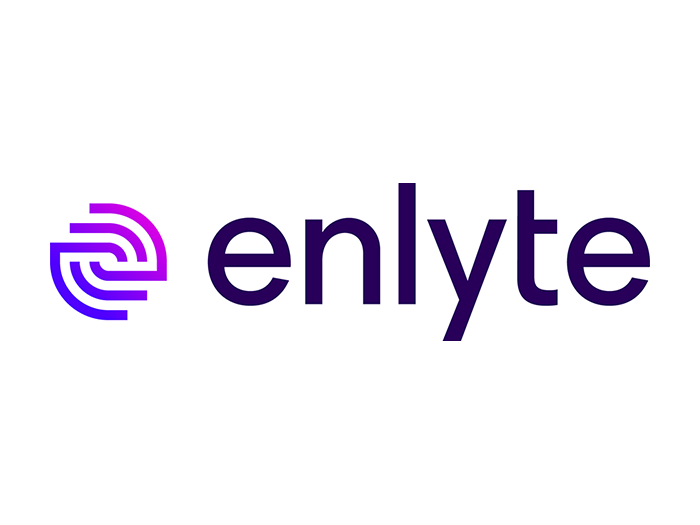Column: Risk Management
Retooling Reschooling
I fondly remember my high school home economics classes where we learned to cook, sew and do wood work. In fact, my high school years were on the cusp of the gender shift, when girls were finally allowed to join the boys in wood working classes.
We also had an elective class where we could learn to type using a typewriter — that crazy contraption that was thought only to be a fad and for which I saw little future use.
I never did take the typing class.
Fast forward to today — how deeply I regret my naive, limited thinking and decision. How I wish I took those 8th grade typing classes. There isn’t an hour of any day when I am not hunting-and-pecking at a keyboard. How I still suffer.
It is clear the world around us is ever changing. How we do and make things, how we make money is changing — ever evolving. Tools are smarter, more connected, intuitive.
Like it or not, we have entered the high speed digital transformation highway and there is little room for a U-turn for any industry.
This is a transformation affecting all of our computing devices and tools — devices that connect to each other, talk, take directions from each other, and learn lessons, each exploiting the deep pool of data they collect and store. Technology research firm Gartner suggested that by 2020 there will be more than 26 billion connected devices globally.
This new technological paradigm takes advantage of rapidly growing internet connectivity and rich data. It is poised to drive out inefficiencies, optimize resources and (ideally) help workers do their jobs better and more safely.
Like it or not, we have entered the high speed digital transformation highway and there is little room for a U-turn for any industry.
Brilliant risk management capabilities such as personal protective clothing that is equipped with worker vital sign sensors have now been unlocked.
This sensor data empowers field, remote and centralized workers in real time, allowing critical information to be shared with support entities, including emergency responders if the worker experiences any health issues. This used to be equipment reserved only for science fiction movies or space exploration.
Even with this blunt reality unfolding before our eyes, very important people seem to be resisting change. Maybe out of pure politics or nostalgia for simpler times we see attempts to resurrect industries and jobs that are no longer viable.
Maybe some don’t realize that keeping dying jobs alive on life-support systems such as subsidies and incentives is simply unsustainable.
There is no question that this technology transformation can empower some workers; but it also threatens others. This can put at risk traditional roles, leaving workers behind.
Such a technological transformation cannot occur without a wholesale cultural transformation. Digitization is indeed a change of tools, but it is also a change of workplace models, hierarchical relationships, customer experiences, competitors and most importantly, mind-set.
To be successful, culture change starts at the top. Leadership and a devoted implementation team are prerequisites to effectively move an organization to a more flexible, less hierarchical, more autonomous digital culture where employees can truly be creative. A workplace environment not to be feared, but revered.
Knowing this, getting early worker engagement, retraining and finding new ways to adapt existing skills should be much easier.
Just because the typewriters left the shop floor doesn’t mean you can’t adapt and develop digital skills such as using a digital speech interface to do all your typing. &










